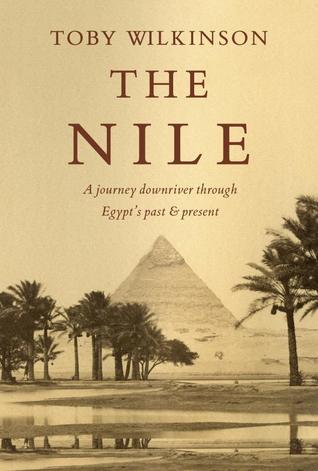More on this book
Kindle Notes & Highlights
Read between
October 22, 2017 - January 1, 2018
It is telling that Egypt’s earliest historical records—a set of annals, carved on a slab of basalt, noting the main events of each year of each reign starting at the beginning of the First Dynasty—give pride of place to the height of the annual Nile flood, measured in cubits, palms and fingers. For every man, woman and child in Egypt, not just the country but their very lives were the gift of the river.
Aswan presents the story of Egypt in microcosm—constancy and change, decay and rebirth—and, as the ancient and modern source of the Nile’s life-giving waters, it is a fitting place to start any journey down Egypt’s great river.
Here lies one of the unfinished wonders of the world: an abandoned obelisk of truly gigantic proportions. Measuring nearly 140 feet in length and weighing nearly 1,200 tons, the obelisk is the largest known from ancient Egypt.
Elephantine is today full of archaeology, but rarely visited by tourists.
Together, the documents provide the earliest testimony of the life of a Jewish community anywhere in the world—here on Egypt’s southern border and the Persian empire’s farthest frontier.
Thanks to its riverside location, Kom Ombo is one of the more romantic Egyptian temples for today’s visitor.
Gebel el-Silsila is remarkably unknown to tourists.
No wonder that the ancient Egyptians themselves, when considering their origins, considered the southern Nile Valley in general, and Nekhen in particular, as the crucible of civilisation, the place where Egypt began.
In an age feted for magnificent monuments, Luxor Temple ranked as one of Egypt’s greatest architectural achievements. Originally conceived in 1539 BC as a monument to monarchy, the southern sanctuary was one of a series of monuments situated at the four corners of the city of Thebes, to demarcate a sacred arena in which the king
Through pharaonic, Greek, Roman, Byzantine and Islamic rule, for over a hundred generations, the inhabitants of Thebes have come to pray among the hallowed stones of Luxor. Nowhere else on earth—not even the temple at Jerusalem—has seen such a continuity of worship, stretching back 3,500 years.
The site we know today as Karnak is the greatest religious complex in the world. It has been described as “the noblest architectural work ever designed and executed by human hands.”45
The statistics associated with the Great Pyramid of Khufu are humbling: 2,300,000 blocks of stone, each weighing an average of two tons, set in place at a rate of one block every two minutes for ten hours a day over a period of at least twenty years; alignment to true north with an error of only one-twentieth of a degree; and a finished height of 481 feet, making it the tallest building in the world until the construction of the great European cathedrals.


